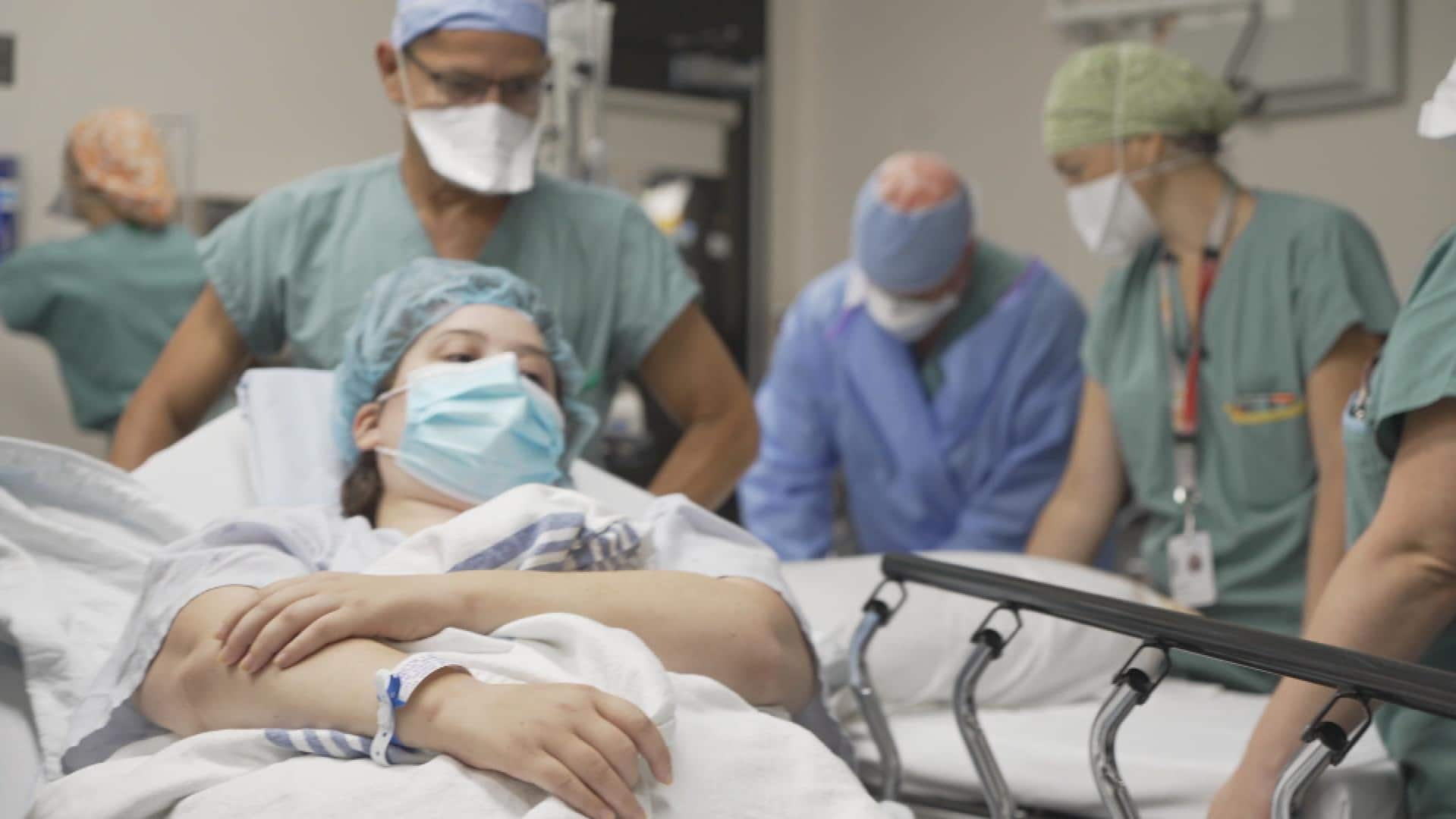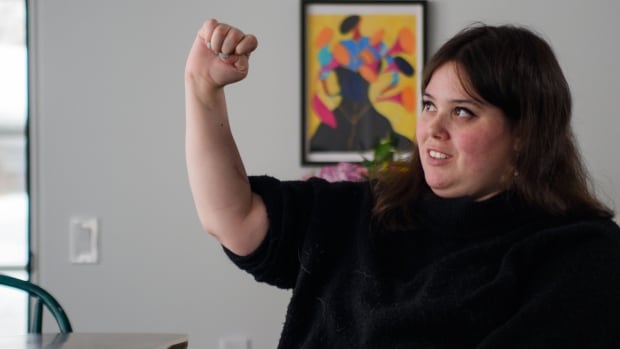
At her home in Lachute, Que., Jeanne Carrière pulls her wheelchair up to the kitchen counter and cuts an apple into slices. For Carrière, this is a big deal — she’s using her hands in a way she never thought she would again.
Carrière, who’s quadriplegic, had been unable to use her hands or lower body after breaking her neck in 2021. While she had been able to regain some movement in her arms, that wasn’t the case for her hands.
But in July 2022, she underwent surgery at Montreal’s Maisonneuve-Rosemont Hospital that has given her back some of what she lost.
The 27-year-old screenwriter now lives in a ground-floor apartment below her parents’ home that’s adapted to her physical needs.
Carrière said the first time she saw her fingers move on their own after the surgery was like watching “a child with their first step.”
“It was the first step into my new life.”
9 hours in the operating room
Two surgeons and two teams of medical staff worked for nine hours, each focused on a different arm. It was captured on camera by Radio-Canada’s science program, Découverte.
The goal of the surgery, known as a nerve transfer, was to connect some of Carrière’s nerves that still worked to those that were no longer communicating with her brain due to her damaged spinal cord.
“Basically we are rerouting the nerves and bringing new electrical input to these denervated muscles,” said Dr. Elie Boghossian, one of the surgeons who operated on Carrière.
Jeanne Carrière lost the use of her hands after a spinal cord injury. An innovative surgery brought them back to life.
The doctors opened Carrière’s arms and located nerves still communicating with the brain that begin above the injury to her spinal cord. Under a microscope, they connected them to the non-functioning nerves further down, below the injury, using sutures finer than human hair.
The rehabilitation process following surgery helps teach the brain to follow the new nerve paths instead of the old ones. Building that plasticity takes time.
“With time, the patient gets function back and mobility, eventually,” Boghossian said.
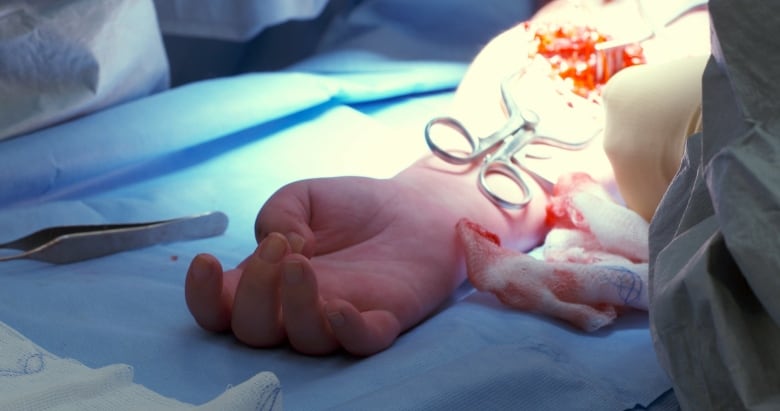
While that function may be limited to small hand movements such as pinching and grasping, for Carrière and other patients, it’s crucial because it gives them back some independence.
“Now it’s unbelievable what my hands can do,” Carrière said. “I can brush my teeth, I can cook.”
Surgery offers patients hope
Nerve transfer surgeries have been performed for several years and are becoming increasingly popular — but mainly for smaller injuries in hands or feet, said Dr. Ming Chan, a clinician-scientist at the University of Alberta in Edmonton.
Applying the technique to patients with spinal cord injuries is a newer practice, showing a lot of promise, but there are limited results to study so far, Chan said.
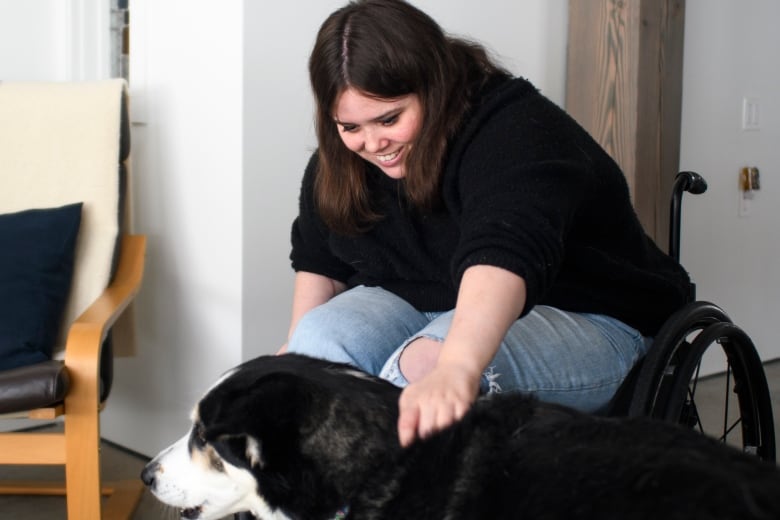
“At the moment, it really is too early to say with certainty that it’ll work on every patient that we operate on,” he said.
Still, Chan said, for some patients with spinal cord injuries, this type of surgery can provide “some hope and also a chance to recover some of those functions.”
That sense of hope motivates Dr. Dominique Tremblay, the other plastic surgeon at Maisonneuve-Rosemont Hospital who operated on Carrière.
Tremblay said the 14 nerve transfer surgeries on spinal cord patients that she and Boghossian have done so far will bring lasting benefits to the patients, and she would like to see the practice continue to evolve in the years ahead.
“It is quite a bit of work, but we’re completely determined and convinced that this is a life-changing surgery,” Tremblay said.
Chan said as more surgeries are done, experts in the field can share best practices around what works and what doesn’t in order to improve practices.
Looking to the future
After the surgery, the followup and rehabilitation take about two years, Tremblay said.
The nerve fibres need to grow into the affected muscle, and that is a slow process.
Carrière does daily exercises with her hands — simple movements like making a fist, and pinching her thumb and forefinger together — and goes to rehabilitation therapy twice a month to work with specialists.
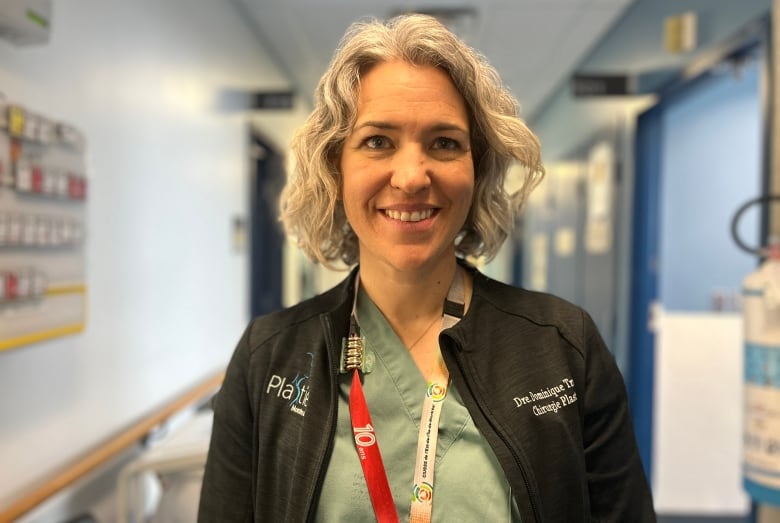
She said one of the most important changes in recent months is that she has been able to return to work — she’s writing a screenplay and can type on her computer.
Carrière said she’s eager for further changes in the months to come, as her body gets used to the new nerve pathways created by the surgery.
“It’s only the beginning,” she said. “It’s very exciting.”
